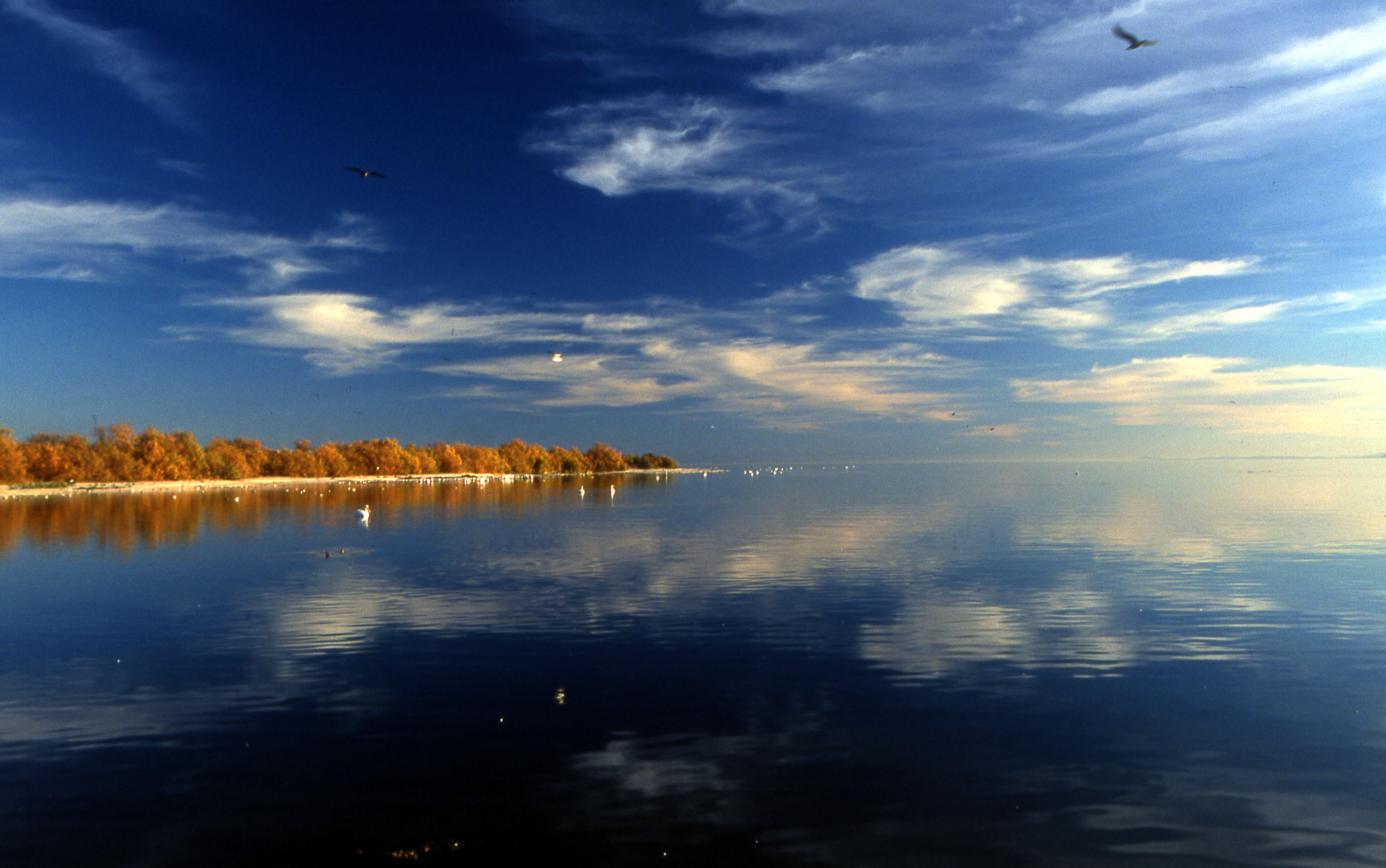Saving the Salton Sea
Public-Private Partnerships to Restore Nature, Produce Clean Power and Sustainable Lithium

The Salton Sea, California’s largest lake, has had a volatile existential history. Its current version was created in 1905 by a two-year levee breach of the Colorado River. It is now fed, albeit insufficiently, by several smaller rivers and by toxic irrigation water from the nearby booming farms. Even so, it is shrinking and gaining in salinity and chemical concentrations.
The Salton Sea is ranked second in the U.S. for its avian abundance and diversity. Although negotiations to salvage it have floundered since 2003, a multi-stakeholder pact seems imminent. Funds for the restoration will come from governments and big local businesses. One potential corporate source is the local geothermal industry. Geothermal wells, often 8,000 or more feet deep, bring the pressurized, superheated, mineral-rich brine up through pipes. When cooled and vaporized, the resulting steam turns energy-producing turbines. Because the cost of solar and wind power has declined steadily and rapidly, adding new geothermal plants is no longer cost competitive.
It turns out that the Salton Sea’s hot brine carries large quantities of lithium alkali — a key component in making the batteries used in our phones, laptops, electric cars, and many other devices. Combining the extraction of lithium with geothermal energy production suggests that both processes can be cost competitive and environmentally friendly. Almost all lithium used in the U.S. comes from abroad. The mining and processing of this mineral, in almost all cases, has a huge carbon footprint, damages the local ecosystems, and contaminates streams and groundwater.
At the Salton Sea, the process is a totally closed-loop system, making it a sustainable process. The geothermal brine is fully contained in pipes and vessels to produce a controlled flow of clean power around the clock — a great backup for intermittent solar and wind power. The geothermal reserve is gigantic and renewable, since the cooled brine is reinjected back into the earth’s depths, where it has time to heat up before being tapped again. This energy could be a significant contributor to California’s ambitious goal of 50 percent renewable energy by 2030.
Moreover, the lithium resources at the Salton Sea are epic in scale. If fully tapped, they could not just meet current global demand but exceed it for years into the future. Demand is expected to soar as electric devices and energy storage grow as central to the clean-energy economy.
A basic principle of sustainability is solving multiple challenges using one system or a single piece of equipment. The forthcoming Salton Sea agreement, combined with the likely expansion of geothermal power and green lithium extraction, promises to be such a solution, along with the restoration of this favorite spot of birds and wildlife.



